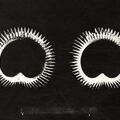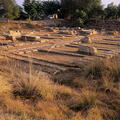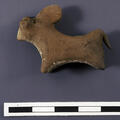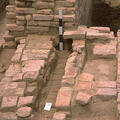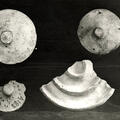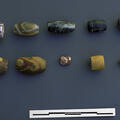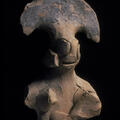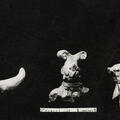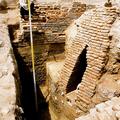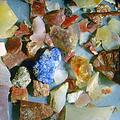Bangles of Fine Blue Clay
He continues, about perhaps one of the finest objects he found in 1921: "One pair of them attains a high degree of excellence. It is made of fine clay coloured blue. (No. A 182.) Plate IX, Photo No. 2759."
- Daya Ram Sahni, Annual Progress Report of

